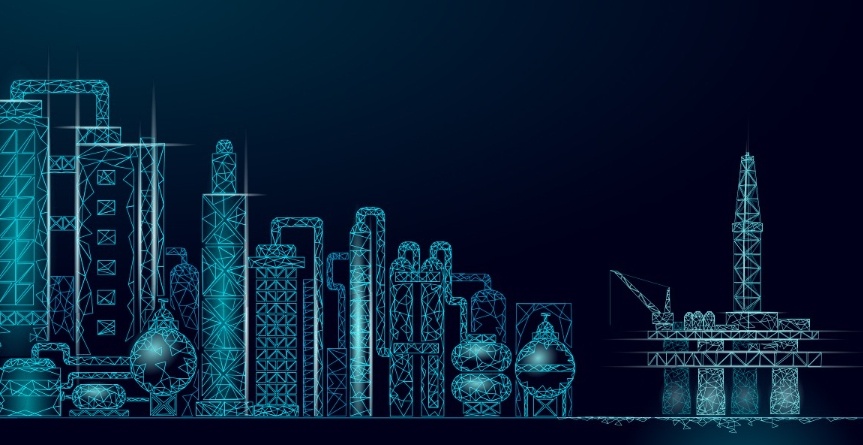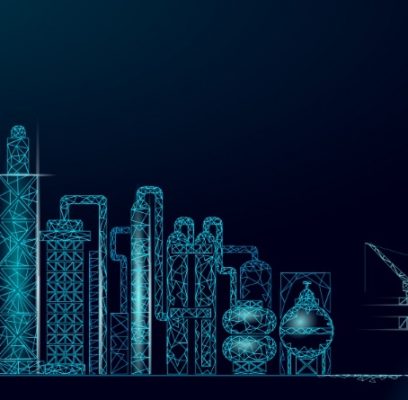A new era of pipeline monitoring in the oil and gas industry is on the horizon, driven by a host of innovative technologies and approaches. With a focus on preserving pipeline integrity, minimizing environmental impact, and enhancing safety, these advancements are poised to revolutionize the methods of monitoring and managing pipelines.
Sensors: Pioneering the Future
A breakthrough in pipeline monitoring comes from the adoption of advanced sensor technology. Strategically installed along the pipeline, these sensors have the capability to detect even the slightest changes in pressure, temperature, and flow rate. By providing real-time data, potential issues can be swiftly identified and addressed proactively, minimizing the risk of costly and hazardous pipeline failures.
Drones
The integration of drones and unmanned aerial vehicles (UAVs) has emerged as a compelling method for pipeline monitoring. Outfitted with high-resolution cameras and infrared imaging technology, these aerial devices efficiently inspect extensive pipeline sections, detecting potential problems like leaks or structural damage. The use of drones not only expedites inspections but also ensures the safety of human inspectors who would otherwise face challenging and perilous terrains.
AI and Machine Learning
The integration of artificial intelligence (AI) and machine learning in pipeline monitoring systems marks a game-changing advancement. By analyzing vast sensor and drone-collected data, these technologies can identify patterns and predict potential failures before they even manifest. Embracing this predictive maintenance approach significantly minimizes downtime, cuts maintenance expenses, and enhances safety and environmental standards.
Above and Beyond: Satellite Technology
Satellite technology is emerging as a valuable tool for pipeline monitoring, providing comprehensive, real-time data on pipeline conditions, including detecting changes in vegetation that may indicate a leak. Particularly beneficial in remote or inaccessible areas, where traditional inspection methods might be impractical, satellites offer an unparalleled advantage in enhancing pipeline integrity and environmental protection.
Digital Twin Technology
Digital twin technology is poised to revolutionize pipeline monitoring by providing a virtual replica of the physical asset, enabling operators to simulate various scenarios and predict the pipeline’s response. This cutting-edge approach empowers decision-makers with invaluable insights for informed maintenance and operations strategies.
Navigating Challenges
Though pipeline monitoring technologies hold immense potential, their implementation comes with challenges. Ensuring data security, complying with regulations, and investing in infrastructure and training are crucial hurdles to overcome. Despite these obstacles, the promising benefits in terms of safety, efficiency, and environmental performance make the efforts worthwhile.
In summary, the oil and gas industry’s pipeline monitoring future is on the cusp of a revolutionary transformation with the introduction of innovative technologies and approaches. From advanced sensors and drones to AI, machine learning, satellite technology, and digital twins, these advancements offer the promise of elevating our pipeline monitoring capabilities, ultimately enhancing safety, efficiency, and environmental performance. Embracing these innovations, overcoming challenges, and harnessing their potential will be pivotal as we forge ahead, paving the way for progress and sustainability in the industry.

